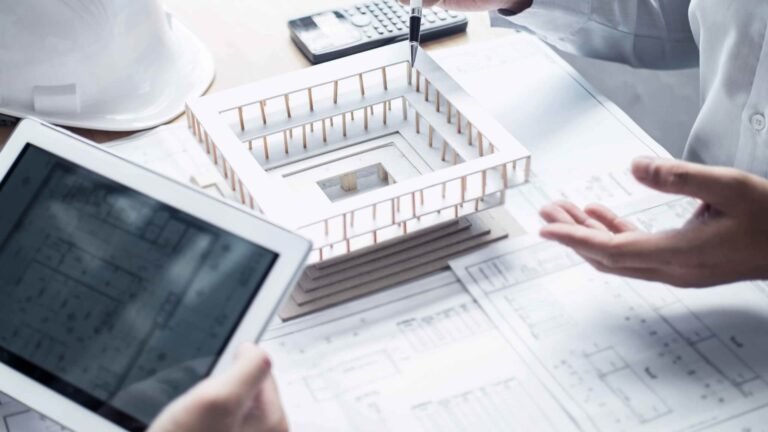Building Information Modeling — or BIM for short — is a digital modeling software that helps designers draft blueprints for new buildings and renovations. Think of it as the digital version of a building’s schematics. With BIM, we can create high-definition 3D renderings of a building instead of just drawings on paper. It saves time and enables everyone working on the design to be more involved in the process and see what needs to change. We don’t have to be an engineer or an architect to use BIM. Moreover, most home renovation projects could benefit from BIM too.
Here’s a list of five important things we should know about building information modeling:
Table of Contents
1) Helps Simulate and Visualize in The Fourth Dimension
With BIM, we can create high-definition 3D renderings of a building instead of just drawings on paper. The first thing we’ll notice about BIM is its simulation and visualization capabilities. BIM software lets us create models that simulate and visualize building operations, wear and tear, and the environment. We can simulate how the equipment works, how a building reacts to weather, and what will happen when it’s not maintained properly.
With simulation, we can see how a building operates day and night and how it would look under different climate conditions. We can also simulate how the building’s components will be impacted by wear and tear. It enables us to determine the optimal condition of a building and predict the future state of a building. This information in BIM lets us plan for maintenance and repair, so we know when it’s time to get that system checked out.
2) More Opportunities for Prefabrication
Prefabrication is when we build a section of the design off-site and bring it on-site so it can be easily assembled. BIM services make prefabrication a lot easier because it lets us create a digital model of our building. We can then simulate and visualize how people, equipment, and materials flow through the building. It lets us see how things work and what works best. We can create a simulation that shows how a process will flow through a building and if there are any bottlenecks or issues that need to be addressed before the project begins. With simulation, we can see how the process will look in BIM and determine if and how things can change.
3) Enables Better Communication and Coordination
BIM is more than just a way to design a building. It’s a way to build a design team and gain our client’s trust. Designers, engineers, and construction managers can integrate architectural BIM services into their workflow to make their whole team more efficient. When we see a project in 3D, we can understand how the design will work and how everything fits together. It can improve communication and trust because we can’t hide or misrepresent information in 3D. BIM also lets us document decisions and data in a way that’s easy for others to understand.
By documenting things like the data used to design the building, why decisions were made, and the state of the project, we can share how the project is being designed, making it easier to gain the trust of our clients.
4) Can Be Used for More Than Just Design Work
There are many uses for BIM beyond just drafting new buildings. For example, imagine we’re renovating an existing structure. We can use BIM to create a digital model of the building, including all its components. BIM lets us simulate and visualize how people, equipment, and materials flow through the building. It can help us make better design decisions and avoid causing any damage to the building while we renovate it. It can also help us with our renovation timeline because we can see what’s broken or damaged and how much it will cost to fix. BIM can also be useful for retrofit projects, like adding insulation to an old building. BIM can help us understand how the structure will react to different insulation levels.
5) Gives Cost and Resource Savings
One of the biggest benefits of BIM is cost and resource savings. If we’re designing a new building, the cost of using BIM won’t be much. But if we’re designing an expansion to an existing structure, it can help us estimate the project’s cost and find any cost savings. BIM also lets us work faster because we can create a digital model of our building. It can help us finish designs and prepare bids more quickly. It can also help us find cost savings by comparing our design with the building’s current state.
The Conclusion
The digital modeling software, BIM, is a very helpful tool for designers when drafting blueprints for new buildings and renovations. With BIM, designers or engineers can create high-definition 3D renderings of a building instead of just drawings on paper. Apart from saving billable time for companies, it also ensures that everyone working on the design will be more involved in the process and see what needs to be changed. Perhaps the best part about BIM is that we don’t have to be an engineer, designers, or architects to use it.

